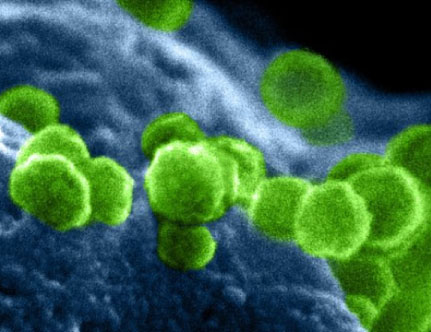 Admin
Admin Intensification of antiretroviral treatment with raltegravir for pregnant women living with HIV at high risk of vertical transmission
| Author List |
|---|
| Thanyawee Puthanakit |
| Nattawan Thepnarong |
| Surasith Chaithongwongwatthana |
| Suvaporn Anugulruengkitt |
| Orawan Anunsittichai |
| Tuangtip Theerawit |
| Sasiwimol Ubolyam |
| Chitsanu Pancharoen |
| Praphan Phanuphak |
Abstract
Objectives: The rate of vertical HIV transmission for women at high risk of HIV transmission stands at approximately 7.6%. In the present study we describe infant infection rates in women who had received raltegravir (RAL) intensification during pregnancy to a standard three-drug antiretroviral (ART) regimen in Thailand. Methods: This prospective cohort study enrolled HIV-1-positive pregnant women at high risk of vertical transmission, as defined by (1) ART initiation at a gestational age (GA) ≥32 weeks or (2) HIV-1 RNA >1000 copies/mL at GA of 32–38 weeks while on ART. Women received a standard three-drug ART regimen with RAL intensification (400 mg twice daily) until delivery and continued on a three-drug ART regimen after delivery. Plasma HIV-1 RNA testing was performed before intensification and at delivery. Infant HIV-1 status was determined using DNA PCR at birth, and at 1, 2 and 4 months of life. Results: Between February 2016 and November 2017, 154 pregnant women on ART were enrolled into the study with a median CD4 cell count and plasma HIV-1 RNA level of 382 cells/mm3 and 4.0 log10 copies/mL, respectively. The three-drug combination consisted of either a lopinavir/ritonavir- (53%) or efavirenz-based (43%) regimen. Median GA at time of RAL initiation was 34 weeks (interquartile range [IQR] 33–36) and median duration was 21 days (IQR 8–34). The proportion of women who had a plasma HIV-1 RNA <50 and <1000 copies/mL at delivery was 45% and 76%, respectively. There were six infants with HIV infection, three in utero and three peripartum. Overall vertical transmission rate was 3.9% (95% confidence interval [CI] 1.4–8.2). Conclusion: The majority of high-risk pregnant women living with HIV-1 who had received RAL intensification achieved viral suppression at delivery with a relatively low rate of vertical transmission. This intensification strategy represents an option for prevention in HIV-positive women at high risk of vertical transmission.
Published
Article Category
HIV cure research
Article Type
Original research
Posted Date
26-01-2018
| File Name |
|---|
| 1522570136JVE-4-61.pdf |